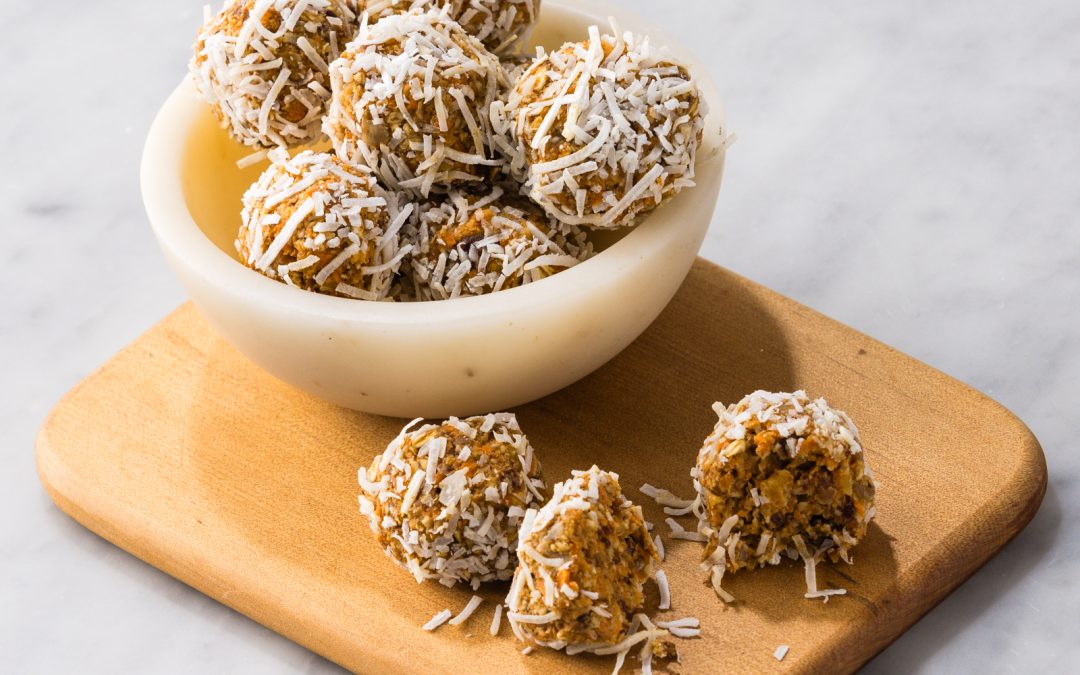With the popularity of low-carb diets, you may be more confused than ever. Can whole grains still be eaten as part of a heart-healthy diet? The short answer is ‘yes’ and we’ve made it easy to help you choose the best grains.

Why are whole grains good for your heart?
Heart Foundation research on whole grains has shown that eating whole grain foods can reduce your risk of heart disease by up to 30%1,2.
When whole grains are eaten as part of a heart-healthy diet, they can help to reduce your cholesterol, blood pressure and help manage your weight too1.
When selecting grain foods, it’s the quality of the carbohydrate that is most important. Refined grains (like white bread, pasta, and crackers) contain fewer nutrients and less fibre. Unrefined whole grains (like brown rice, quinoa and oats) contain a wide range of nutrients including fibre, vitamins, minerals and antioxidants, which are good for our hearts.
How to eat more whole grains
Eating whole grains in place of refined grains doesn’t have to be hard work. Here are five tips to help you get the goodness of whole grains into your day.
1. Choose intact whole grains where possible
Intact whole grains are unrefined and close to how they’re found in nature. They have more nutrients and are less likely to contain added sugar, saturated fat and sodium. Examples include oats, barley, freekeh, farro, bulgur wheat, brown rice, quinoa and buckwheat.
2. Make simple swaps
Look at ways to make simple swaps from refined grains to intact whole grains and whole grain products.
- White rice to brown rice, barley or quinoa.
- Couscous to bulgur wheat, farro or freekeh.
- White bread, wraps, or pita to whole grain versions.
- Water crackers to whole grain crackers.
- White flour to whole grain flours such as wholemeal or spelt flour.
3. Base at least one meal a day around a whole grain
Here are some ideas to get you started.
- Breakfast: porridge, Bircher muesli or toasted whole grain bread.
- Lunch: bulgur wheat salad, stuffed wholemeal pita bread.
- Snacks: whole grain crackers with hummus.
- Dinner: stir-fry with brown rice; salads with different grains like brown rice, freekeh, farro or quinoa; add barley to soups, casseroles, or risotto.
4. Bake up some whole grain goodness
Fancy a bit of weekend baking? Look for recipes that use whole grain ingredients like oats, buckwheat, millet, bran or wholemeal flour or have a go at using half and half.
5. Cook extra whole grains to save time later
Most intact whole grains like brown rice, barley, bulgur wheat, quinoa and millet are cooked by placing in water, bringing to the boil and simmering until the liquid is absorbed. Cooking times will vary, so follow the instructions on the back of the packet.
Cook extra and then freeze half. You can then serve them later as a quick side dish or base for your next meal.
The bottom line?
Whole grains are not only a nutritious food but add variety to many dishes. It is important to remember, however, that there is no single food that improves our heart health – it is our overall diet. Whole grains are best eaten in place of refined grains with plenty of vegetables and fruit alongside legumes (such as chickpeas and lentils), nuts, seeds, oily fish and dairy3.
References:
- Heart Foundation Whole grains and the Heart Evidence paper, 2018
- Reynolds et al (2019) Carbohydrate quality and human health: a series of systematic reviews and meta-analyses
- Heart Foundation Dietary patterns and the Heart Evidence paper, 2013
*Want to eat more heart healthy meals? Check out our My Choice Bag featuring heart healthy recipes to choose each week.


